A wide angle lens in photography is one of the most valuable things you can own as a photographer. And landscape photographers swear by them; you can find a wide angle lens in every landscape photographer’s bag.
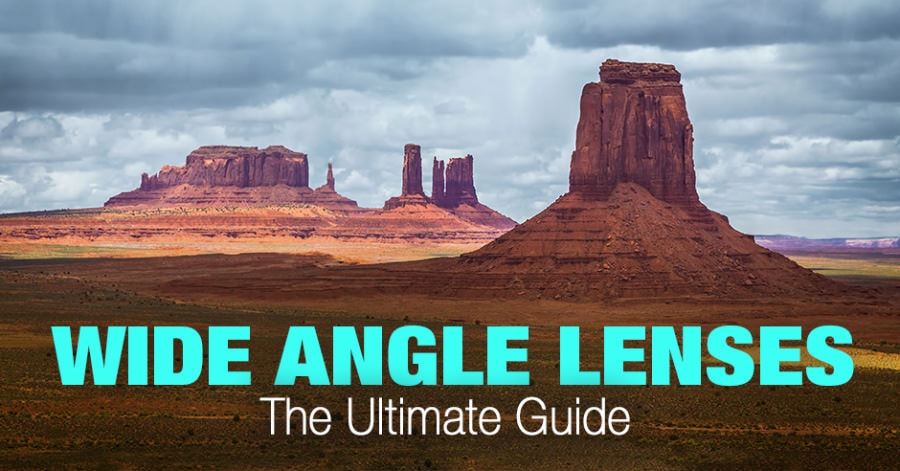
But what even is a wide angle lens? What makes a wide angle lens so great? And how do you use a wide angle lens to capture amazing photos?
These are just a few questions we will answer in our ultimate guide to wide angle lenses.
Let’s dive right in.
What is a Wide Angle Lens in Photography?
A wide-angle lens is any lens with a wider field of view than the human eye. With a wide angle lens, you’ll fit much more in the frame than a lens that approximates the human eye. It is typically used for landscape, architectural and interior photography, as it can capture an expansive area in one shot. Wide angle lenses are typically identified by their focal length, which is usually less than 35mm.
For instance, this shot was taken with a wide angle lens, which is why it captured such a vast scene:
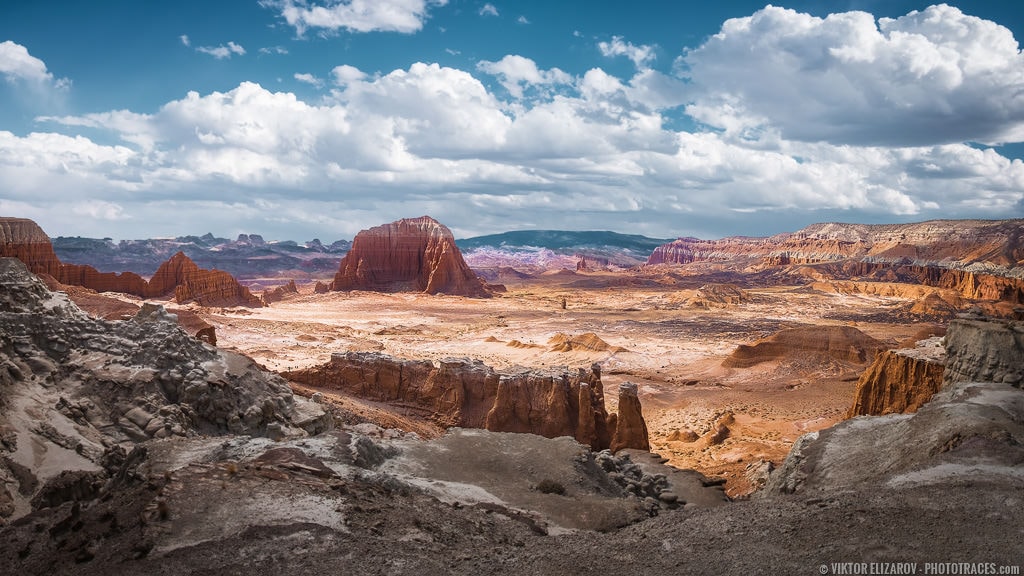
On a full-frame camera, a 50mm lens has the same field of view as a human eye. If you’re using a crop sensor (APS-C) camera, the human eye sees the equivalent of around a 35mm lens.
So a wide angle lens is wider than 50mm (or 35mm on a crop sensor camera).
Look at this wide angle photo:
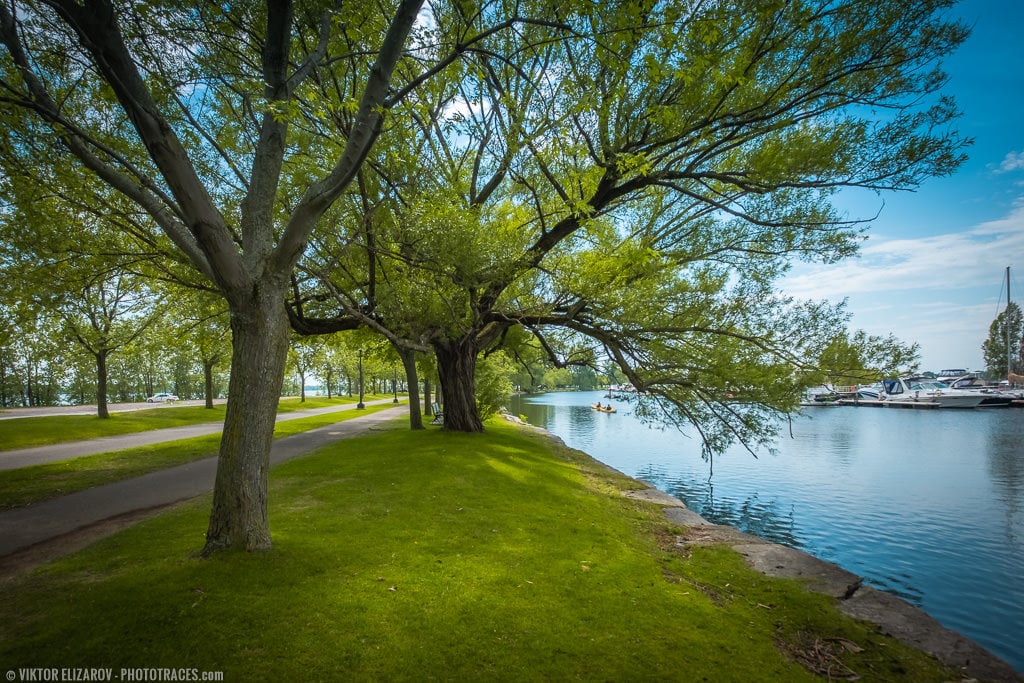
And compare it to a standard (50mm) lens (both photos were taken from exactly the same spot):

Notice how a 10mm lens gives you a broader perspective.
That said, not all wide angle lenses are the same. This brings me to the next section:
Types of Wide Angle Lenses
Remember that wide angle lens span from around a 5mm focal length to around a 45mm focal length. The smaller the number, the wider the lens appears.
Therefore, there are a few broad types of lenses, which depend on their field of view.
Standard Wide Angle Lenses
First, there are standard wide angle lenses in the area of 20mm to 45mm. These will give you a decently wide field of view but nothing that produces intense effects in your photos (see the fisheye category below).
Ultra Wide Angle Lenses
Second, there are ultra-wide angle lenses. These span from around 10mm to 20mm. They’ll give you an extremely wide perspective, but lines will appear straight, in contrast to the next category:
Fisheye Lenses
Fisheye lenses are also ultra-wide, ranging from 6mm to 14mm focal length. But fisheye lenses don’t give you the standard perspective you’ll find with other ultra-wide angle lenses. Instead, fisheye lenses produce a distorted, rounded look like this:
You should also know the difference between prime and zoom wide angle lenses.
Prime Wide Angle Lenses
A prime lens has a fixed focal length. For instance, the Canon 24mm f/2.8 is a prime lens. Optically speaking, prime lenses give you a lot of bang for your buck. In other words, they offer excellent image quality at a surprisingly low price.
Unfortunately, prime lenses feature limited flexibility. You can only shoot at a single focal length, which can be restrictive. That’s where zoom lenses come in:
Zoom Wide Angle Lenses
A zoom lens lets you choose a focal length within a range. A Canon 10-20mm lens lets you work at 10mm, 20mm, or anywhere between. Optically strong zoom lenses tend to cost a lot more than their prime counterparts, though there are plenty of cheap, lower-quality zoom lenses out there.
Zoom lenses offer increased flexibility because you can work at multiple focal lengths. You can photograph at an ultra-wide focal length, then zoom in for a tighter shot.
Who Should Have a Wide Angle Lens?
You’re probably wondering:
Do I need a wide angle lens? Who uses wide angle lenses?
Landscape Photography
Wide angle lenses are used, first and foremost, by landscape photographers. First, a wide angle lens allows you to capture a broad, sweeping scene, from stunning flowers in the foreground to a beautiful sky in the background.
Plus, wide angle lenses offer an inviting perspective. Wide angle lenses make the viewer feel like they could step right into the photo. And this is exactly what you want as a photographer – you want people to engage with your images. Wide angle lenses will help you do that.
See also: Best Lenses for Nikon DSLR Cameras
While landscape photographers work with all types of wide angle lenses, ultra-wide zooms tend to be a landscape photographer’s dream. For many landscape photographers, the wider the lens, the better. So it’s common to find landscape shooters with lenses in the 10-20mm range.
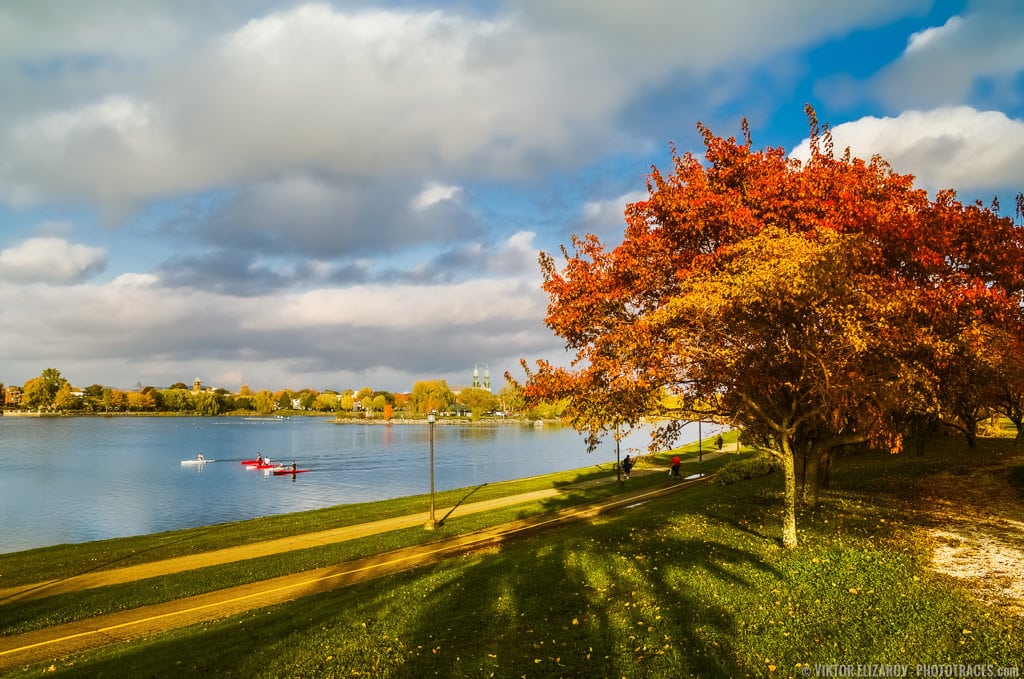
Architectural Photography
Architecture photographers also gravitate toward wide angle lenses. If you like to photograph architecture, you want to capture broad shots that set the scene. With a wide angle lens, you can show an entire building or the interior of a whole room.
Related: Best Low Light Lenses for Astrophotography
Architecture photographers tend to use a combination of ultra-wide and standard wide angle lenses. Here, it’s more a matter of preference. Do you like vast, sweeping photos of architecture? Or are you more interested in isolating certain aspects of the scene?
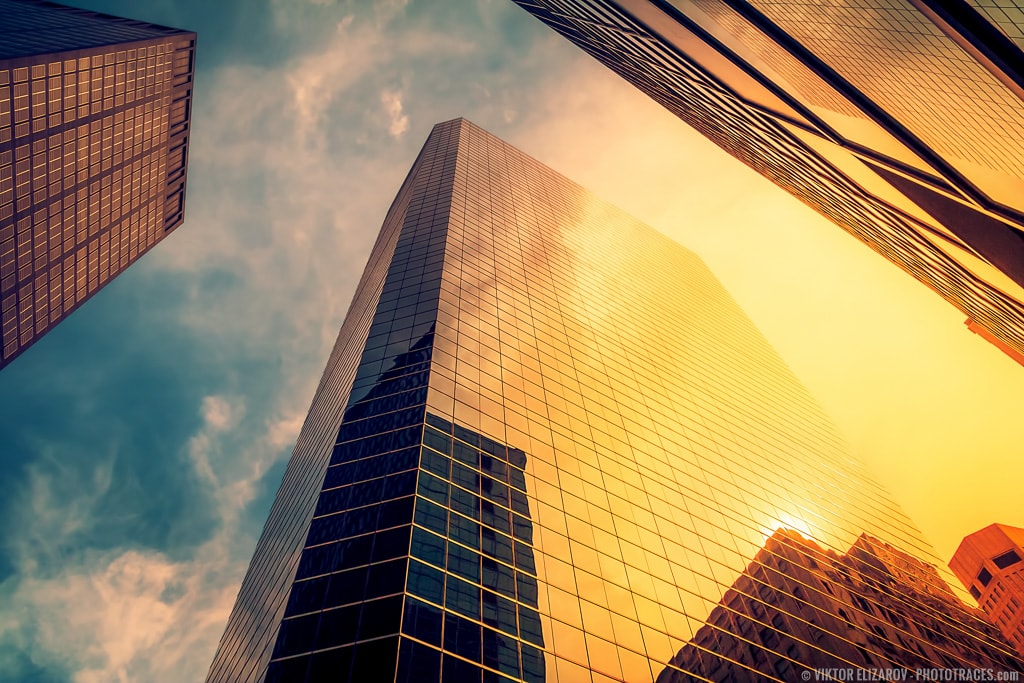
Street Photography
Some street photographers like to use wide angle lenses, as well. 35mm is a popular wide focal length among street photographers. This standard wide perspective allows you to create a more inviting photo, while still isolating aspects of the scene (after all, streets can get pretty chaotic!).
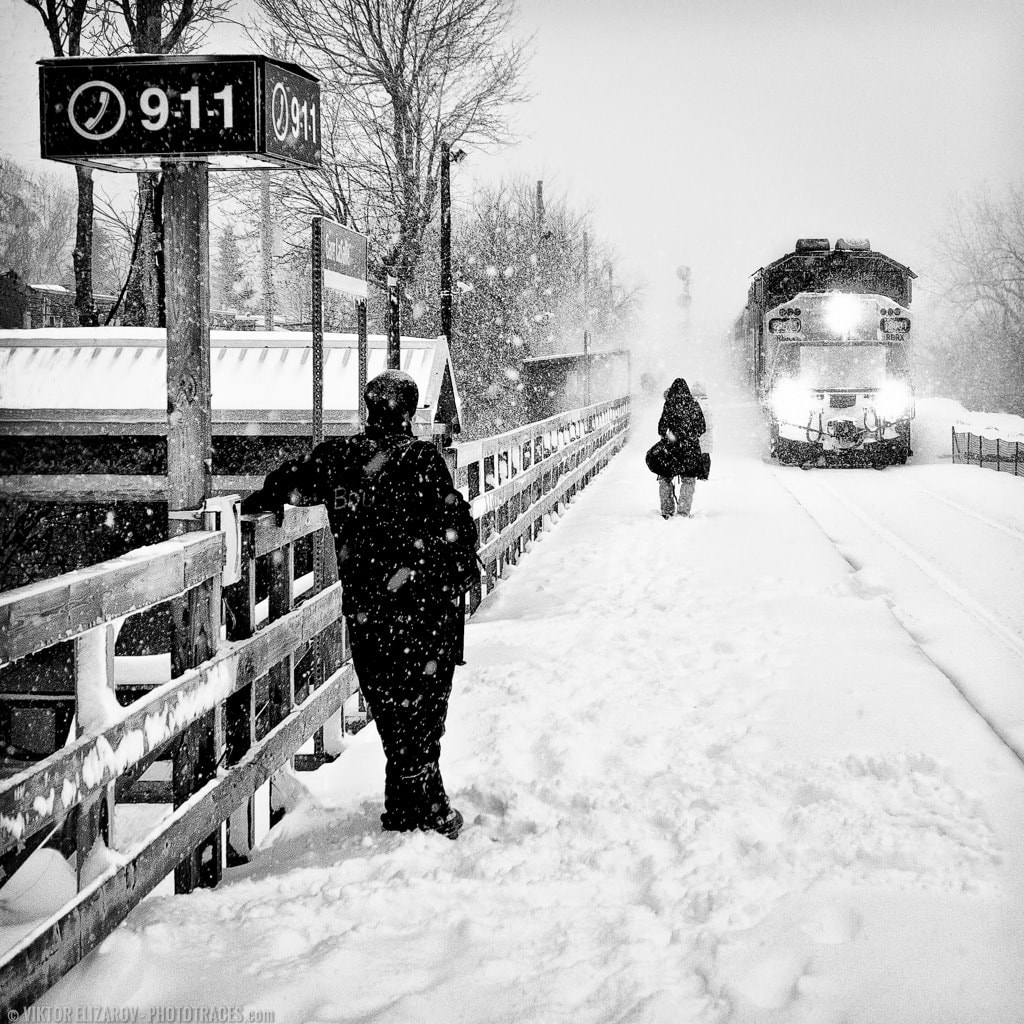
Portrait Photography
Finally, portrait photographers use wide angle lenses on occasion. The wider the lens, the more unusual the perspective- so you can use a wide angle to create a more unique portrait that captivates the viewer.
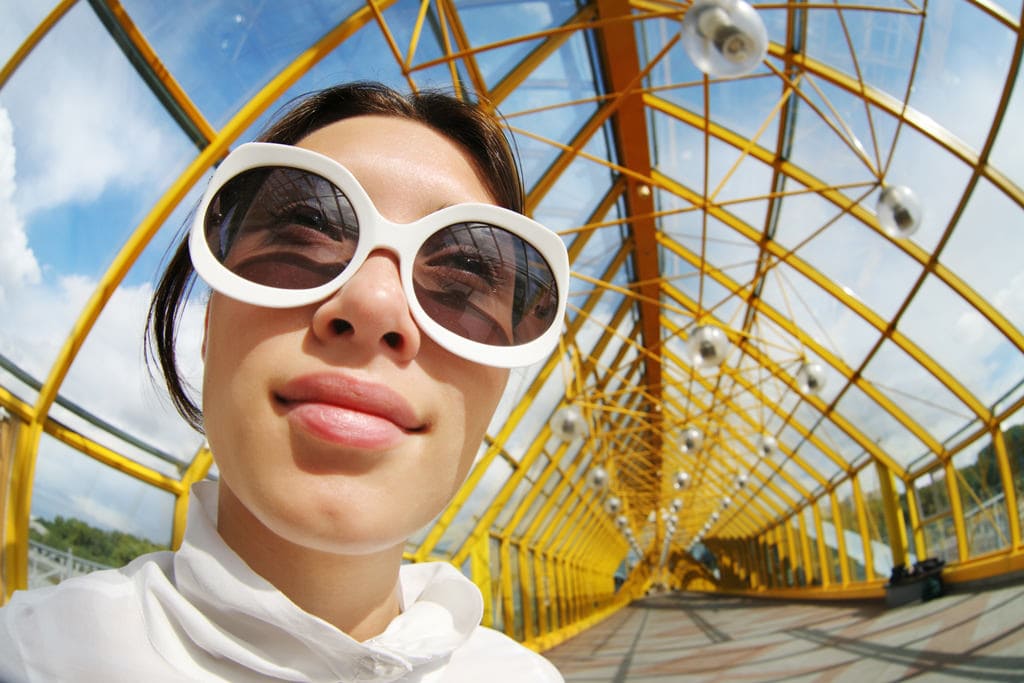
Portrait shot with the ultra-wide lens
However, portrait photographers tend to avoid ultra-wide focal lengths and stick to lenses in the 35-80mm focal length range.
Challenges of Using a Wide Angle Lens
Wide angle lenses offer amazing capabilities. You can use them to capture magnificent photos. But there are a few unique challenges that come with wide angle lenses.
Optical Distortion
First, wide angle lenses come with optical distortion. Optical distortion is when straight objects curve, especially at the edges of the frame, and can result in an unnatural-looking photo.
Related: Best Camera Lens Cleaning Kit
All wide angle lenses have some distortion, but there are methods of correcting this in post-processing. But if you want to minimize distortion right out of the box, the best wide angle lenses are manufactured to have minimal distortion.

A fisheye lens produces extreme optical distortion.
Perspective Distortion
Wide angle lenses also have another type of distortion: perspective distortion, where closer objects seem much larger than distant objects.
Related: How to Select the Right Lens for Your Camera
This can be problematic for architectural photographers because it results in buildings appearing much smaller than in reality and, at the same time, exaggerating the foreground elements.
But if you want to achieve a truly dramatic effect, use a wide-angle lens to achieve perspective distortion to maximize the importance of the foreground, capturing it from a short distance.

Perspective distortion can not be fixed in post-processing.
Achieving Sharpness
Finally, wide angle lenses come with one more big problem: Achieving sharpness throughout the entire photo.
You generally want your wide-perspective photos to be sharp throughout, from the foreground to the background. This is not easy; you must carefully choose your point of focus and the right aperture.
This topic requires a lot of space to address. But a good rule of thumb is to note the distance between you and the nearest subject in the scene. Then set your point of focus twice that distance into the frame.
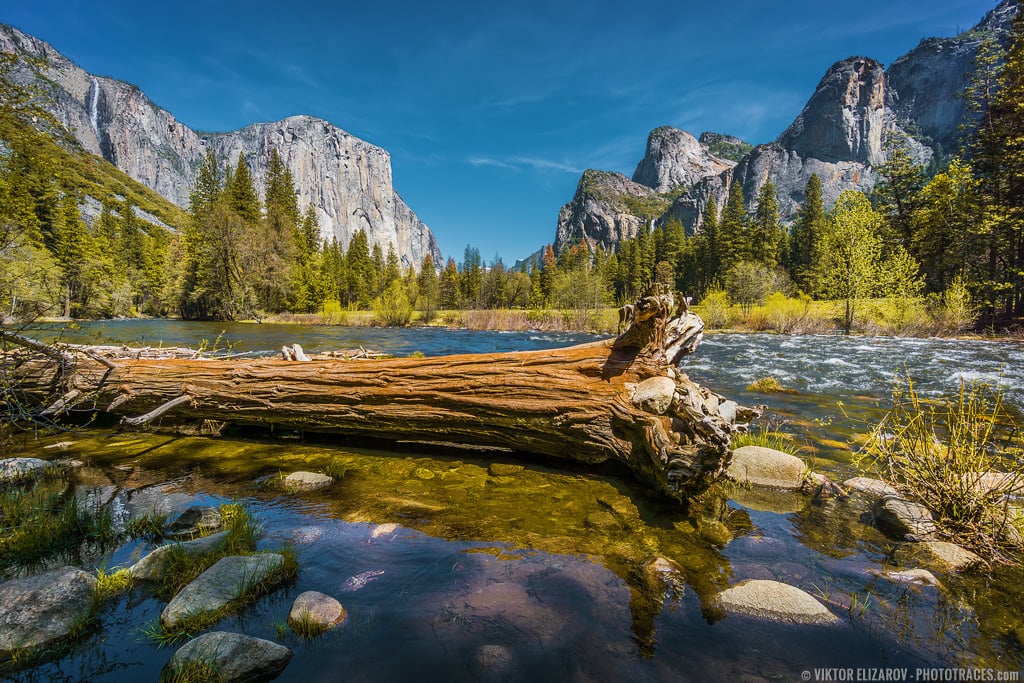
Also, note that the closer your nearest subject is to the lens, the narrower your aperture should be. If you’re shooting a distant mountain with a wide lens, you’ll only need an aperture of f/8 or below to get everything in focus.
Related: Mastering Depth of Field in Photography
But you’ll need a much smaller aperture if you’re shooting a deep scene with flowers in the foreground and a mountain in the background.
Tips for Taking Stunning Wide Angle Photos
How do you capture outstanding wide angle photos?
In this section, I’ll give you some tips that will ensure you can get amazing images the next time you go out with your wide angle lens.
Tip 1: Include a Focal Point in the Foreground to Add Depth
One of the best ways to produce a really stunning wide-angle photo is to create a scene with depth.
…is to create a scene with depth.
Depth invites the viewer into the scene. It draws them in.
And to create depth, you should include a strong foreground element that catches the viewer’s eye.
This can be anything:
A patch of grass. A flower. A rock.
The key thing to remember is that it should be a standalone object and fit the scene as a whole.
That way, it will draw the viewer into the photo and keep them there.
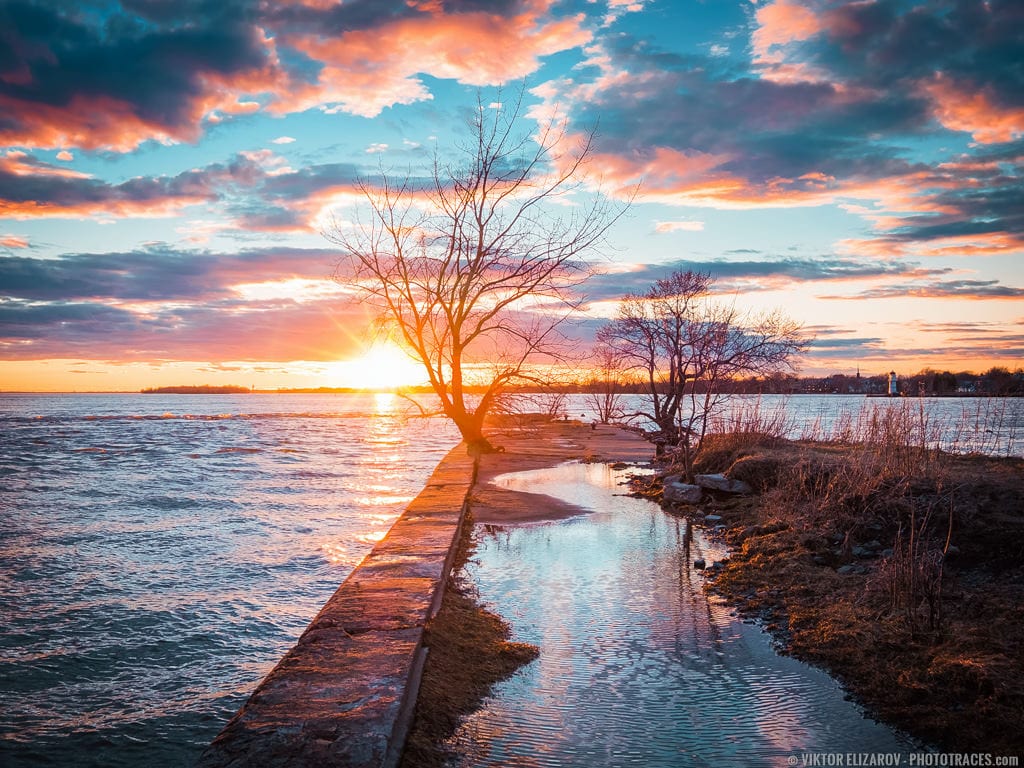
Tip 2: Use Leading Lines for Engaging Wide Angle Photos
Leading lines are simply lines that lead the viewer into the frame.
In landscape photography, they’re often rivers and streams. In architectural photography, they’re often railings and stairways.
But what makes leading lines so valuable?
Leading lines are perfect for engaging the viewer because they lead the eye through the frame–ideally toward your main subject.
See also: Best Fujifilm Wide Angle Lenses
That’s the power of leading lines. So here’s what I suggest:
Whenever you’re using a wide angle lens, look around the scene. See if you can find a leading line you can use in the foreground of your photo.
That way, you can capture an especially compelling photo.
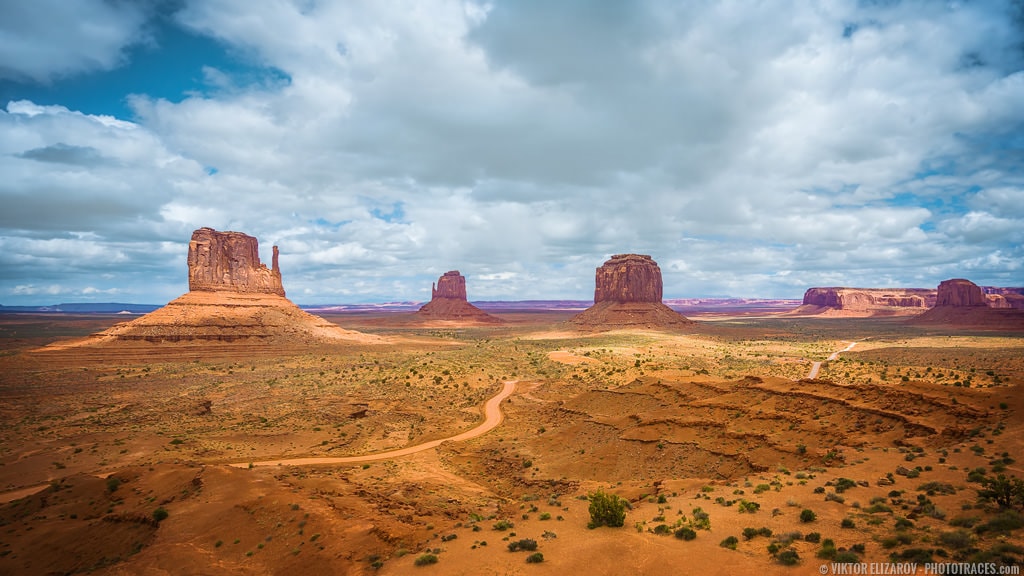
Wide Angle Lens in Photography: FAQ
Is 35mm too wide for portraits?
It depends on the look you’re trying to achieve. 35mm lens on a full-frame camera (24mm on a crop sensor) is great for environmental portraits, as they provide a wide field of view and can capture more of the subject’s surroundings. However, if you want a more classic portrait look with a shallow depth of field, a longer lens, like 50mm or 85mm, may be better suited.
What wide angle lens should I buy?
It depends on your budget and what type of photography you are doing. The Rokinon 12mm f/2.8 wide angle prime lens is a great choice if you want something affordable. It’s an excellent wide-angle lens with good image quality and low distortion. Consider Sigma 10-20mm wide-angle zoom lens as a budget zoom option.
For higher-end lens options, the choice will be more nuanced. You will need to consider your camera’s brand and its sensor size.
When would you use a wide angle?
A wide angle lens is great for capturing expansive landscapes or large group shots. It’s also useful for shooting in tight spaces, capturing more of the scene than a standard lens. For example, if you’re shooting in a small room, a wide angle lens can help you get all the scene’s elements into one shot.
Can I fix wide angle distortion in Lightroom?
There are two types of distortion that every wide lens produces: optical distortion and perspective distortion.
Yes, you can easily fix optical distortion in Lightroom. To do this, select the Lens Corrections tab in the Develop module and check Enable Profile Corrections. This will automatically detect any lens optical distortion and apply corrections to the image. You can also manually adjust the sliders to fine-tune the correction if needed.
Unfortunately, there is no way to fix perspective distortion in Lightroom or any other editing program. You must keep it in mind when compositing your shot in a field.
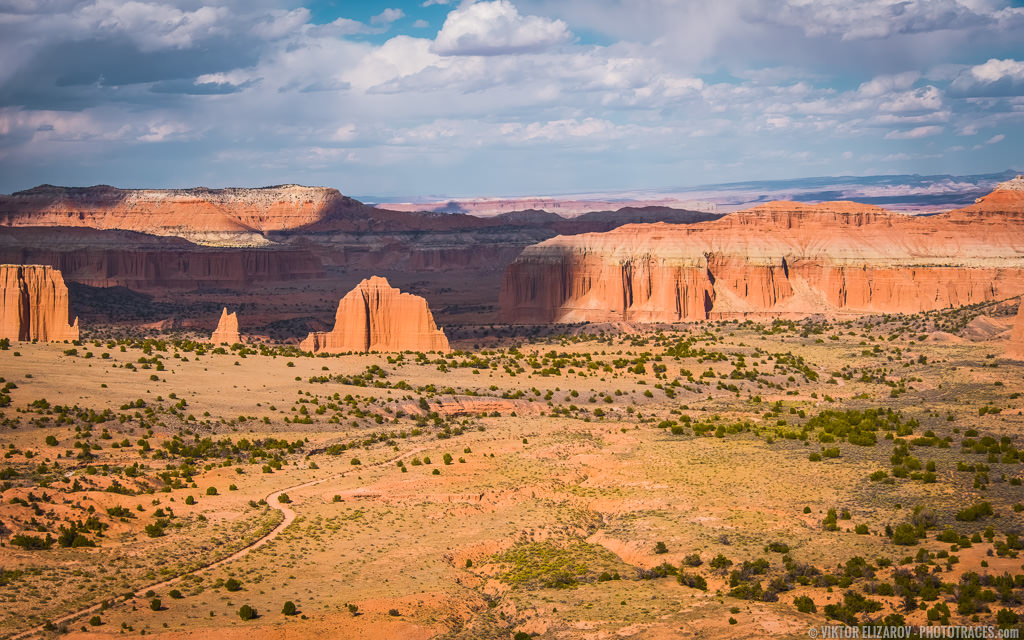
Is a wide angle lens a good choice for portraits?
A wide angle lens can be used for portraits, but it is not a traditional choice. The distortion caused by the lens can make features appear larger or smaller than they actually are. Additionally, the wider field of view can often include unwanted elements in the background. For best results, a standard or a telephoto lens is recommended for portrait photography.
Is a 50mm lens a wide angle lens?
A 50mm lens on a full-frame camera is considered a standard lens. 50mm lens produces a field of view close to the human eye with little or no distortion. Lenses with a focal length of 35mm and lower are characterized as wide angle.
How to know if a lens is a wide angle?
A wide-angle lens has a short focal length, usually less than 35mm, on a full-frame or 24mm on a crop sensor camera. Look for the focal length printed on the lens or its product specifications to determine if it is a wide angle.
Is there a wide angle lens on an iPhone?
Yes, there is a wide angle lens on the latest models of iPhone. The ultra-wide camera lens is available starting from iPhone 11 Pro and 11 Pro Max. This lens allows you to capture 2x more field of view than a standard wide-angle lens, making it great for capturing landscapes or large groups of people.
How much does wide angle lens cost?
The cost of a wide angle lens will vary depending on the brand, type, and features. Generally, you can expect to spend anywhere from $200 to $1,000 or more for a quality wide-angle lens. Cheaper lenses are available but deliver poor image quality compared to more expensive models.
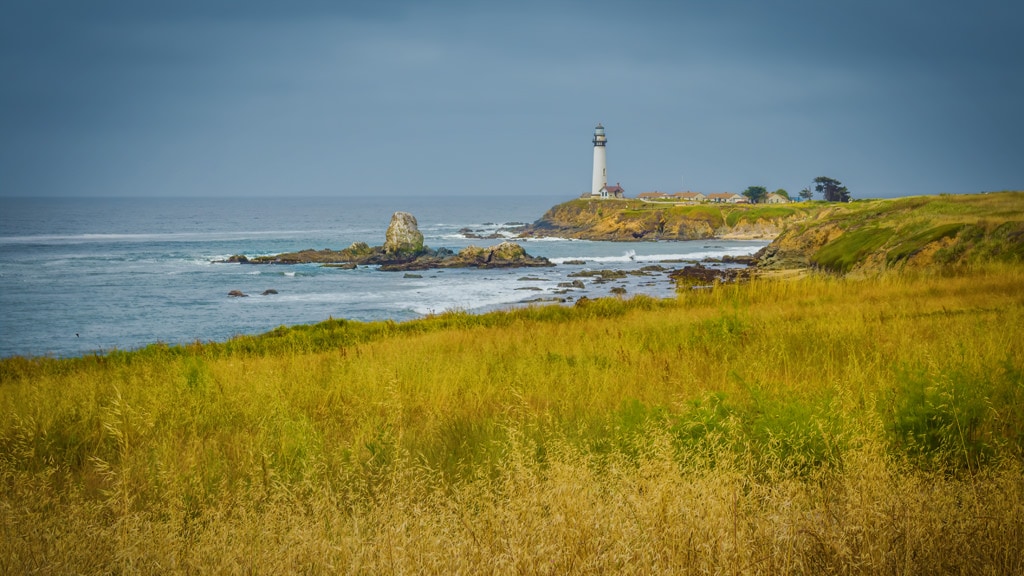
What is the difference between a wide angle lens and a telephoto lens?
A wide angle lens has a short focal length and is used to capture a wider field of view. A telephoto lens has a long focal length and is used to capture distant subjects with greater detail and magnification. Both lenses have their unique advantages for different types of photography.
Wide Angle Lens in Photography | Final Thoughts
Now that you’ve got a good understanding of wide angle lenses, you should be able to get out and shoot some amazing wide angle shots of your own.
Just remember to watch out for distortion–and to use foreground objects and leading lines to create as much depth as possible.
Happy shooting!






